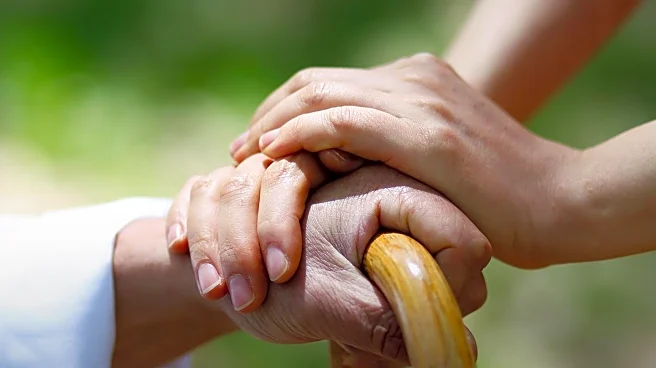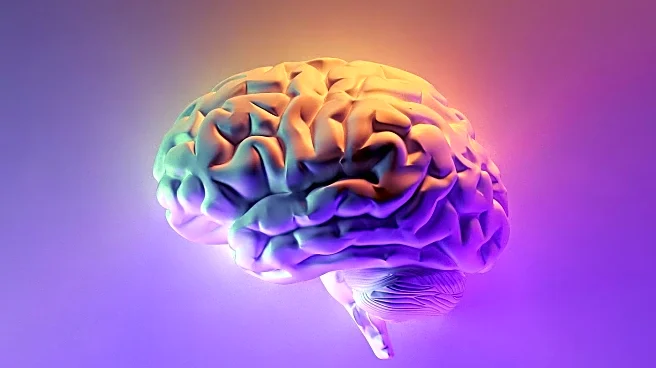What is the story about?
What's Happening?
Medical professionals are emphasizing the critical importance of recognizing and responding to brain stroke symptoms promptly. Brain strokes, which occur when blood flow to the brain is interrupted, can lead to severe consequences such as paralysis, vision loss, and speech difficulties. The condition is a leading cause of death and long-term disability worldwide. Experts stress the importance of the 'Golden Hour,' the first 3-4.5 hours after stroke onset, during which timely treatment can prevent irreversible brain damage. Key symptoms to watch for include face drooping, arm weakness, and speech difficulty, summarized by the FAST rule: Face, Arm, Speech, and Time to act.
Why It's Important?
The significance of stroke awareness lies in its potential to save lives and reduce disability. With strokes being the second leading cause of death globally, understanding the symptoms and acting quickly can drastically improve outcomes. Nearly 80% of strokes are preventable through lifestyle changes such as monitoring blood pressure, controlling diabetes and cholesterol, avoiding smoking and excessive alcohol consumption, regular exercise, and a balanced diet. Increased awareness and preventive measures can lead to early detection and treatment, reducing the burden on healthcare systems and improving quality of life for individuals.
What's Next?
Efforts to increase public awareness about stroke symptoms and prevention are expected to continue, with healthcare providers advocating for regular screenings and lifestyle modifications. Medical professionals may push for more educational campaigns to inform the public about the risks and preventive strategies. Additionally, advancements in medical treatments and interventions could further improve stroke recovery rates, emphasizing the importance of timely medical response.
Beyond the Headlines
The broader implications of stroke awareness extend to ethical and cultural dimensions, as disparities in healthcare access can affect stroke outcomes. Ensuring equitable access to preventive care and emergency treatment is crucial in addressing these disparities. Furthermore, the cultural shift towards healthier lifestyles can contribute to reducing stroke incidence, highlighting the role of community engagement and education in public health.
AI Generated Content
Do you find this article useful?














